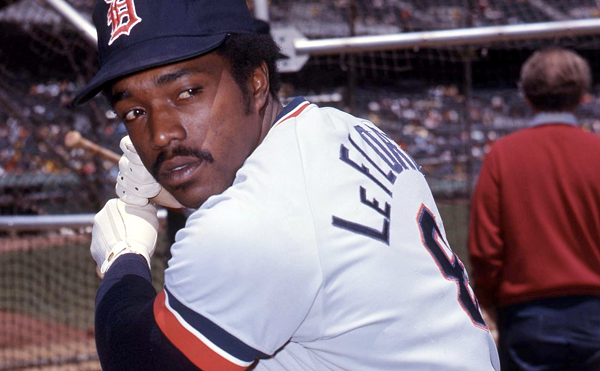
Audio By Carbonatix
[
{
"name": "GPT - Leaderboard - Inline - Content",
"component": "35519556",
"insertPoint": "5th",
"startingPoint": "3",
"requiredCountToDisplay": "3",
"maxInsertions": 100,
"adList": [
{
"adPreset": "LeaderboardInline"
}
]
}
]
When the watchdogs at the Center for Media and Democracy released a report last week naming TV stations around the country that had used prepackaged "reports" produced by corporations, News Hits did some clicking at the nonprofit's Web site (prwatch.org) to see if any locals made the list.
And, sure enough, there was one Detroit station that made the list of losers. Turns out WJBK-Fox 2 had broadcast two of what industry types call "video news releases," or VNRs. On Jan. 26, 2006, a report on the dangers of tykes surfing the Web was built around a clip created by a public relations firm on behalf of NetTrekker, a company that makes "child safe" Internet search engines.
On Feb. 3, 2006, a Fox 2 feature on Super Bowl commercials incorporated more than 30 seconds' worth of a piece that the same firm, Medialink, produced for Cadillac.
At least the Fox newsroom edited the prepackaged features and threw in their own reporters' voices, which is more than some of the other 76 stations listed in the report did. But using prepackaged, unattributed footage paid for by the companies being supposedly covered isn't exactly kosher.
Laura Moore, executive editor at Fox 2, says the newsroom only rarely makes use of the footage provided in the "hand-outs" it receives from companies. She doesn't recall the circumstances behind the Jan. 26 report, she says, but she does remember that reporter Amy Lange did do her own reporting on Cadillac for her piece about Super Bowl advertisements. She also says that the report wasn't skewed toward any one of the companies.
"The whole emphasis of the story was on Super Bowl ads, not just that one," she says. (News Hits expected further comment from the station, but none was forthcoming by press time.)
Diane Farsetta, senior researcher at the center and lead author of the report, says that at best VNR spots are little more than corporate shilling. They may push the dangers of, say, a child using the Internet without parental supervision so viewers might consider buying the product they see in the clip.
But she says she sees major problems with how the station used the footage.
"It looks like there weren't any major changes from what came from the PR firm and what went on the broadcast," she says. "And in neither case did they tell viewers where the footage came from."
This goes against the code of television news. As the Radio-Television News Directors Association ethics guidelines state, "News managers and producers should clearly disclose the origin of information and label all material provided by corporate or other non-editorial sources."
So why are so many stations using the handouts? Chalk it up to cutting costs, says Farsetta. Given what it takes to produce a three-minute segment — Medialink puts the price at upward of $10,000 — free footage helps broadcast journalists meet their budgets.
Which still doesn't make it right, Farsetta says.
"Even if a station broadcasts only part of the report, it still equals a pretty large in-kind contribution."
News Hits is edited by Curt Guyette. Contact the column at 313-202-8004 or NewsHits@metrotimes.com




